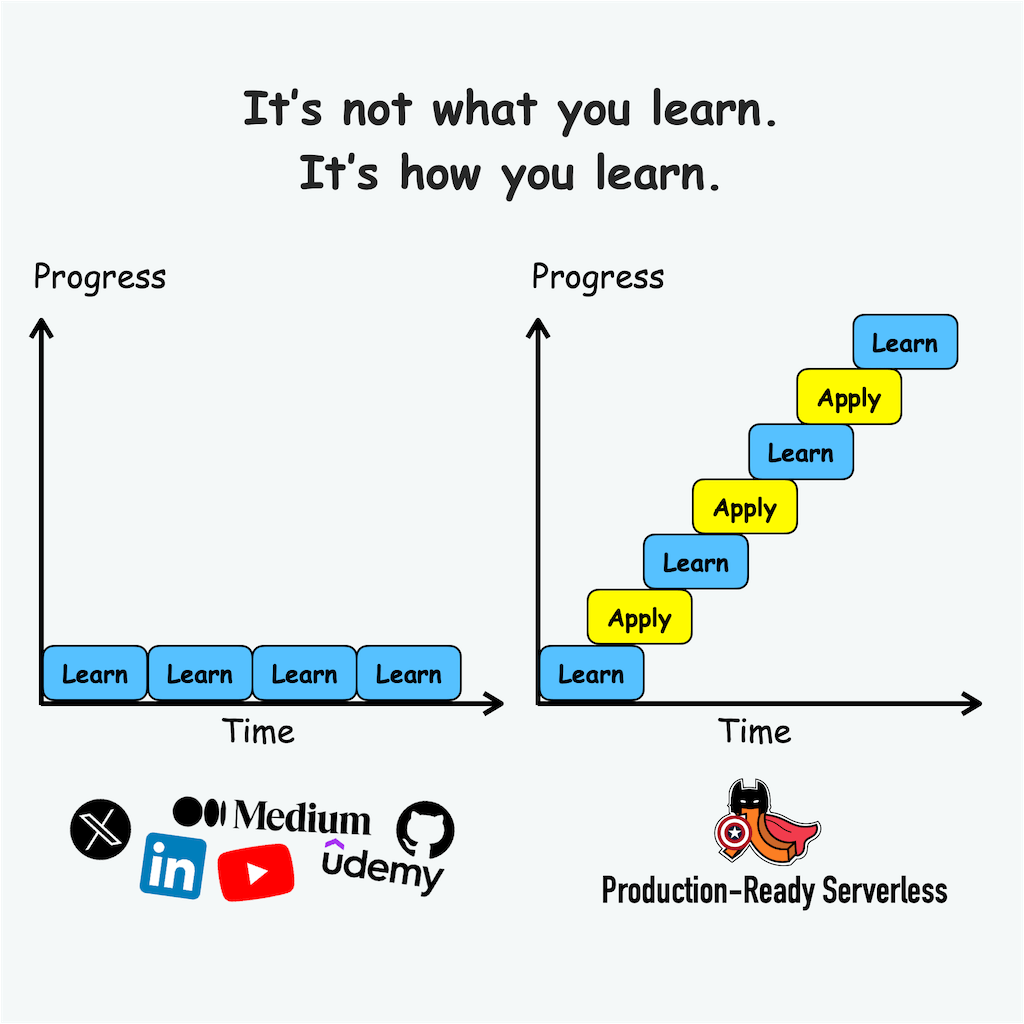
Yan Cui
I help clients go faster for less using serverless technologies.
Stylesheet
A Stylesheet language or style language, is a computer language used to describe the presentation of structured documents. A structured document which doesn’t break the schema it is designed to conform to is “well-formed”.
One modern Stylesheet language with widespread use is Cascading Style Sheets (CSS), which is used to style documents written in HTML, XHTML, SVG, XUL, and other markup languages. One of the most attractive features of structured documents is that the content can be reused in many contexts and presented in various ways. Different Stylesheets can be attached to the logical structure to produce different presentations.
In order for content in structured documents to be presented, a set of stylistic rules – e.g. colours, fonts, layout – must be applied. A collection of stylistic rules is called a Stylesheet.
XSL
XSL stands for EXtensible Stylesheet Language.
CSS = Stylesheets for HTML – HTML uses predefined, well understood tags, you can use CSS to tell a browser to display an element in a special font or colour, etc.
XSL = Stylesheets for XML – XML does not use predefined tags and therefore the meaning of each tag is not well understood. XSL describes how the XML document should be displayed!
XSL consists of 3 parts:
- XSLT – a language for transforming XML documents
- XPath – a language for navigating in XML documents
- XSL-FO – a language for formatting XML documents
XSLT
XSLT stands for XSL Transformations, it is a declarative, XML-based language used for the transformation of XML documents into other XML documents.
The original document is unchanged, after the transformation the new document maybe serialised by the processor in standard XML syntax or in another format such as HTML or plain text.
With XSLT you can add/remove elements and attributes to or from the output file. You can also rearrange and sort elements, perform tests and make decisions about which elements to hide and display, and a lot more.
A common way to describe the transformation process is to say that XSLT transforms an XML source-tree into an XML result-tree.
XSLT uses Xpath to find information in an XML document. Xpath is used to navigate through elements and attributes in XML documents.
In the transformation process, XSLT uses Xpath to define parts of the source document that should match one or more predefined templates. When a match is found, XSLT transform the matching part of the source document into the result document.
Further reading:
Whenever you’re ready, here are 4 ways I can help you:
- If you want a one-stop shop to help you quickly level up your serverless skills, you should check out my Production-Ready Serverless workshop. Over 20 AWS Heroes & Community Builders have passed through this workshop, plus 1000+ students from the likes of AWS, LEGO, Booking, HBO and Siemens.
- If you want to learn how to test serverless applications without all the pain and hassle, you should check out my latest course, Testing Serverless Architectures.
- If you’re a manager or founder and want to help your team move faster and build better software, then check out my consulting services.
- If you just want to hang out, talk serverless, or ask for help, then you should join my FREE Community.
